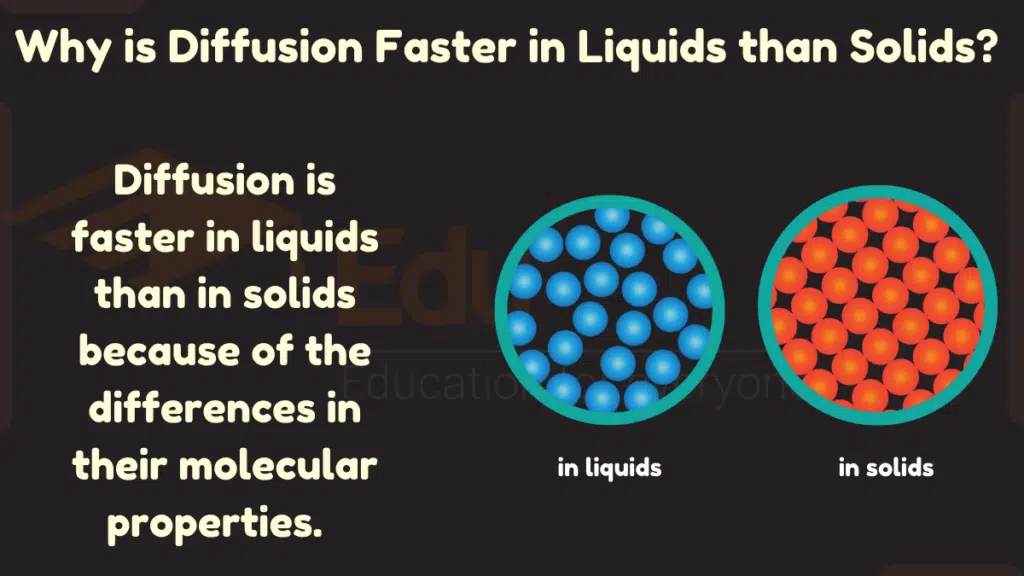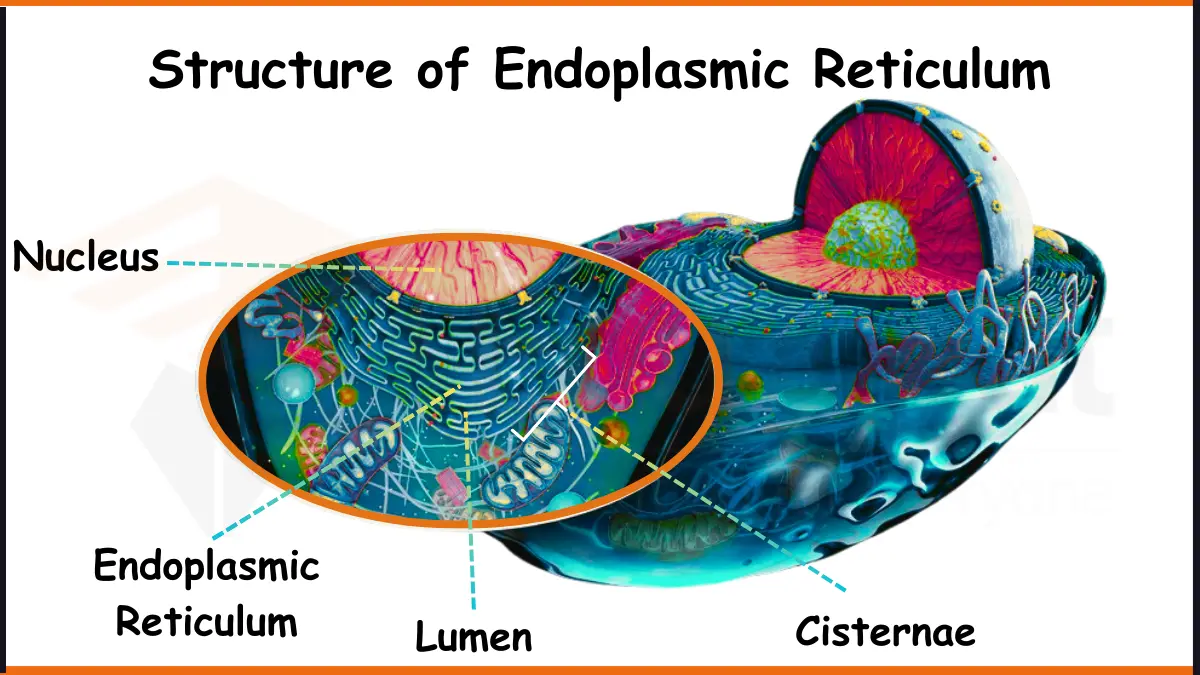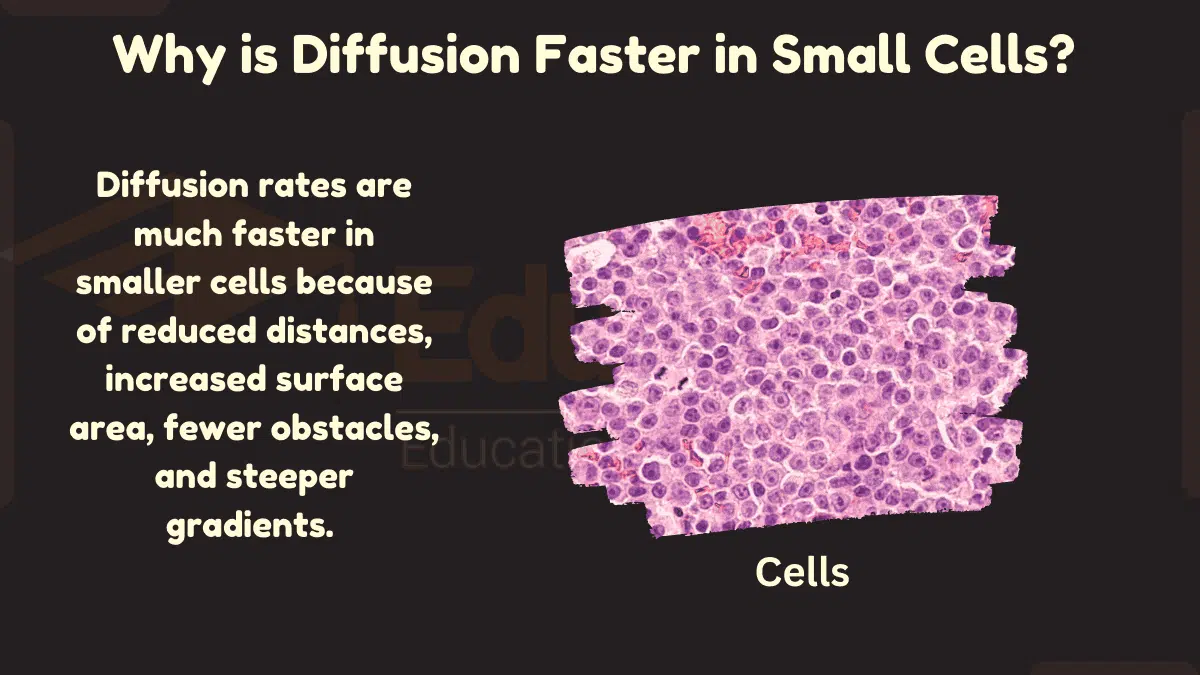Why is Diffusion Faster in Liquids than Solids?
Diffusion is faster in liquids than in solids because of the differences in their molecular properties. Liquid molecules have higher kinetic energy than solid molecules, so they can move more freely and collide with each other more frequently.
This increased molecular motion allows for faster diffusion.

Also, learn about:
Why Is Diffusion Faster In Water Than in Agar?
Why is Diffusion Faster in Gases?
Why is Diffusion Faster in Air Than Water?
Reasons Why is Diffusion Faster in Liquids than Solids?
Here are a few reasons why diffusion is faster in liquids:
1. Kinetic Energy
The molecules in liquids have higher kinetic energy than those in solids. They are free to slide past each other and collide frequently. This greater molecular motion allows for faster diffusion as particles can migrate rapidly.
2. Molecular Spacing
On average, molecules are packed more closely together in liquids than the structured lattice of solids. The shorter distances between liquid molecules enable diffusing particles to travel faster.
3. Viscosity
Liquids flow more easily than solids. Their lower viscosity means less resistance to diffusing particles. The thick crystalline structure of solids impedes particle movement.
4. Intermolecular Forces
The intermolecular forces between liquid molecules are weaker than those keeping solids rigid. The loose bonding allows greater freedom for diffusing particles to spread out.
Example
Imagine that you have a cup of water and a bowl of Jell-O. You add a few drops of food coloring to each container. The food coloring will diffuse through the water much faster than through the Jell-O.
This is because the water molecules have higher kinetic energy and are spaced closer together than the Jell-O molecules. The higher kinetic energy of the water molecules allows them to move more freely and collide with each other more frequently.
This increased molecular motion allows the food coloring molecules to spread out more quickly. Additionally, the shorter distances between the water molecules allow the food coloring molecules to travel faster.
In contrast, the Jell-O molecules are arranged in a semi-solid network, which restricts their movement. This makes it more difficult for the food coloring molecules to spread out. Additionally, the Jell-O molecules have stronger intermolecular forces than the water molecules, further restricting their movement.
As a result of these factors, the food coloring will diffuse through the water much faster than it does through the Jell-O.







Leave a Reply